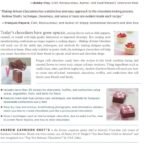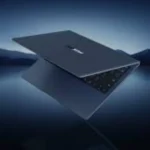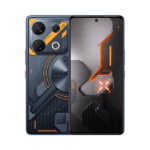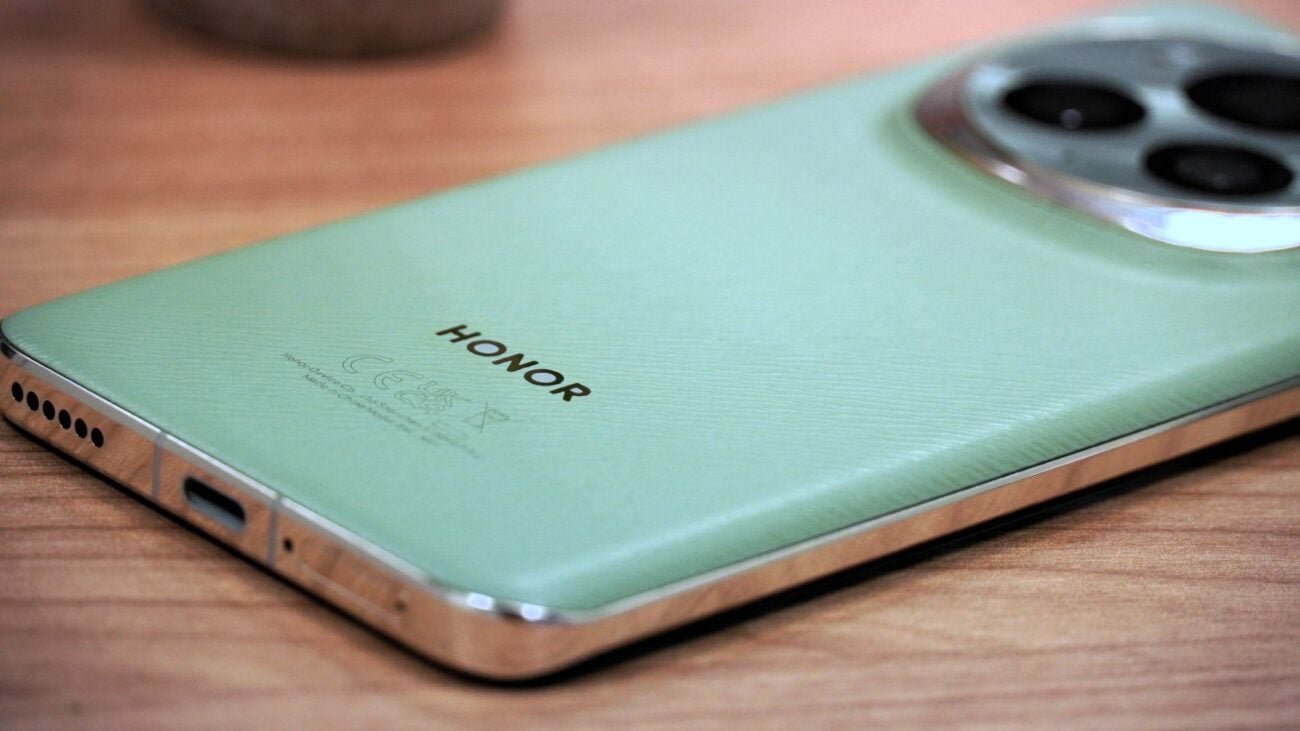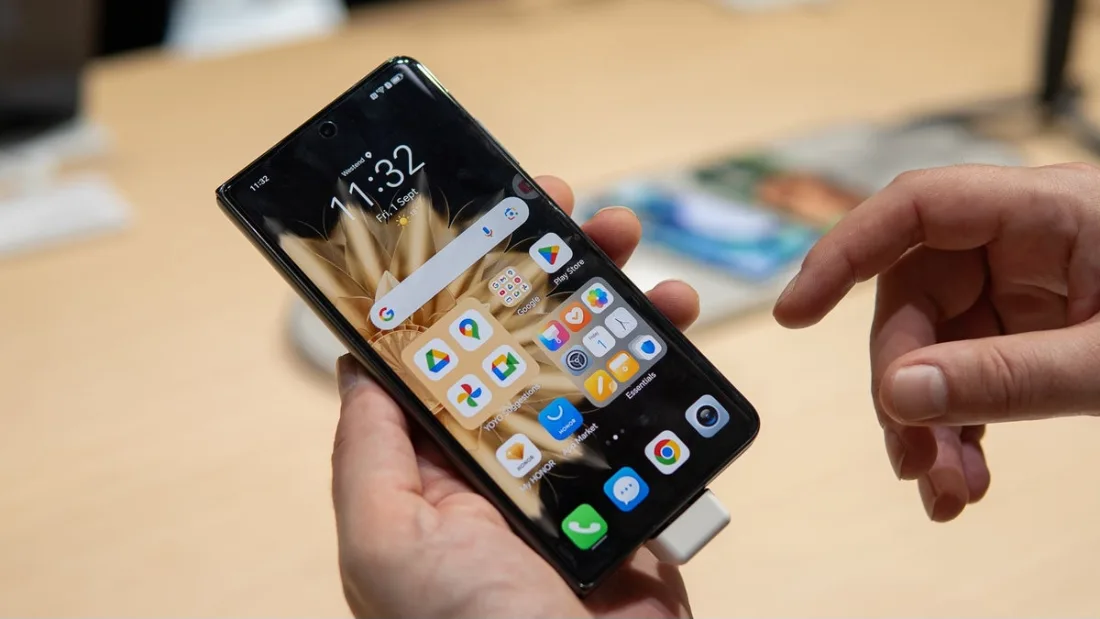Best Microphone for Voice Over.”Looking for the ultimate microphone for your voiceover work? Our expert recommendations cover the best microphones for every budget, ensuring your voice recordings shine.”
Within the realm of voice-over production, selecting the right microphone is critical to achieving professional audio quality. The Shure SM7B stands out due to its ability to isolate speech and minimize background noise, essential qualities for voice-over artists. Users, from podcasters to vocalists, appreciate the SM7B for its consistency across various applications. Best Microphone for Voice Over.
While technology advances rapidly, this microphone has maintained its reputation among industry professionals for its robust construction and reliable performance. Whether for recording audiobooks, dubbing, or any other voice-over project, the Shure SM7B provides the sonic precision required for top-notch results. Best Microphone for Voice Over.

Credit: www.amazon.com
Introduction To Voice Over Microphones
Welcome to the dynamic world of voice over production, where the microphone is not just a tool, but the voice artist’s trusty sidekick. Picking the best microphone can breathe life into a script, capturing the richness and nuances of the human voice. Whether you’re voicing characters or narrating documentaries, your microphone stands as the gateway between your talent and the ears of the world. Best Microphone for Voice Over.
Understanding Voice Over Production
Voice over production is all about clarity, emotion, and connection. Every word must be crisp and every sentence must convey the right emotion. There’s a lot going on behind the mic:
- Script reading – Artists bring texts to life.
- Sound editing – Technicians refine the audio.
- Audio mixing – Experts blend sound seamlessly.
Whether for ads, animation, or audiobooks, the production relies on top-quality recordings.
The Role Of Microphones In Voice Over Work
In voice over work, the microphone is the primary instrument. It captures the details and projects the voice over artist’s hard work. Different mics suit different voices and setups.
| Microphone Type | Features | Environment |
|---|---|---|
| Condenser | Sensitive, wide frequency range | Studio |
| Dynamic | Durable, less sensitive | Live recordings |
| Shotgun | Directional, isolates sound | On-location |
The right microphone ensures the voice is heard, understood, and felt, creating an unforgettable auditory experience. Best Microphone for Voice Over.
Types Of Microphones Used In Voice Overs
Choosing the right microphone can make a world of difference in voice-over quality. Voice actors need clear, precise sound capture. Various microphone types offer distinct features. Let’s explore the options.
Dynamic Microphones: Pros And Cons
Best Microphone for Voice Over. Dynamic microphones are rugged and durable. They handle high sound pressure levels well. Here’s a quick look at their advantages and downsides:
- Pros:
- Great for loud sound sources
- Less sensitive to pops and background noise
- Durable design
- Cons:
- Less detailed than other mics
- Not ideal for soft, nuanced audio
Condenser Microphones: Why They Are Preferred
Condenser microphones are the top choice for studio work. They capture voices with precision and detail:
- Highly sensitive to sound nuances
- Wider frequency response
- Require external power (phantom power)
- Best Microphone for Voice Over
Ribbon Microphones: Niche Uses In Voice Over
Ribbon microphones have a vintage appeal with a modern touch. They hold a special place in voice-over recording:
- Silky, warm sound characteristics
- Great for specific voice types and styles
- Fragile construction requires care
Usb Microphones: Convenience For Beginners
USB microphones combine quality with ease of use. These are perfect for newcomers:
- Plug-and-play simplicity
- No need for additional audio equipment
- Some offer competitive sound quality
Key Microphone Features For Voice Over
Best Microphone for Voice Over. Choosing the right microphone for voice over work is crucial. Voice artists must consider several key features. These include polar patterns, frequency response, self-noise, sensitivity, and connectivity options. The right combination ensures clarity, fidelity, and ease of use during recording sessions. Let’s explore these features in detail.
Polar Patterns And Directionality
Polar patterns determine how microphones pick up sound. Cardioid microphones capture sound from the front, ideal for voice work. They reject unwanted noise from the sides and rear. Omni-directional mics pick up sound from all around. They are less common in voice over. Figure-8 mics capture sound from the front and back. They are great for interviews. Here’s a quick comparison:
- Cardioid: Perfect for solo voice work.
- Omni-directional: Suitable for capturing ambient sounds.
- Figure-8: Good for face-to-face interviews.
- Best Microphone for Voice Over
Frequency Response: Capturing True Vocal Characteristics
Frequency response is a mic’s ability to pick up different tones. For voice overs, a flat response is desirable. It captures the natural tone of the voice. A wide frequency range is beneficial too. It can record both low and high pitches. Microphones with a tailored frequency response highlight certain vocal qualities, such as warmth or brightness: Best Microphone for Voice Over.
- Flat response: Captures voice naturally.
- Wide range: Ensures clarity for all vocal pitches.
- Tailored response: Accentuates specific vocal tones.
Self-noise And Sensitivity Considerations
Microphones with low self-noise are crucial for professional voice over. High self-noise can ruin recordings with unwanted hiss. Sensitivity is another important feature. Sensitive microphones pick up nuanced performances. They require less gain, reducing the chance of distortion. Look for:
- Low self-noise rating (under 15 dBA).
- High sensitivity level for detailed sound capture.
Connectivity Options: Xlr Vs. Usb
XLR microphones offer professional-level sound and durability. They need an audio interface but provide better sound quality. USB microphones are user-friendly, with simple plug-and-play operation. They are good for beginners or portable setups. Consider these points:
| XLR Microphones | USB Microphones |
|---|---|
| Professional sound quality. | Easy to use. |
| Requires audio interface. | Direct computer connectivity. |
Balance between ease of use and audio quality when choosing.

Credit: www.amazon.com
Best microphone for voice over amazon,
When it comes to finding the best microphone for voiceovers on Amazon, the Audio-Technica AT2020 stands out as a top choice among professionals and enthusiasts alike. Renowned for its exceptional audio quality and versatility, the AT2020 offers a cardioid polar pattern that effectively captures clear and focused vocals while minimizing background noise. Best Microphone for Voice Over.
Best Microphone for Voice Over, With a wide frequency response and a low self-noise level, this microphone delivers a crisp and natural sound reproduction. Its rugged construction ensures durability, and the included pivoting stand mount makes it easy to position for optimal recording.
The AT2020 strikes a balance between affordability and performance, making it a popular and highly rated option for voiceover artists looking to enhance the quality of their recordings. When searching for a reliable and budget-friendly microphone on Amazon, the Audio-Technica AT2020 consistently earns praise for its outstanding features and performance. Best Microphone for Voice Over.
Top Microphone Recommendations For Voice Over Artists
Best Microphone for Voice Over. Every voice-over artist knows the right microphone can elevate their work. Quality sound is not just about talent. It’s about the tools. Here are the top picks for voice-over microphones to enhance your audio recordings.
High-end Professional Microphone Picks
For uncompromising quality, these microphones are the professionals’ choice:
- Neumann U87: Widely regarded for its warmth and precision.
- Sennheiser MKH 416: A go-to shotgun mic that excels in voice-overs.
- Avalon VT-737sp: A premium preamp/mic combo, crystal-clear audio assured.
Mid-range Microphones: Best Value For Money
These mics deliver professional-grade audio without breaking the bank:
- Rode NT1-A: Offers a full-bodied sound, great for studio work.
- AKG C214: Provides a wide dynamic range for clear sound reproduction.
- Audio-Technica AT2035: Comes with a custom shock mount, reducing unwanted noises.
Budget-friendly Options For Starters
Best Microphone for Voice Over. High-quality results on a tight budget:
- Blue Yeti: Versatile and easy to use, a favorite among beginners.
- MXL 770: A solid choice for those starting in voice-overs.
- Samson C01U Pro: An affordable USB mic that doesn’t skimp on quality.
Honorable Mentions: Specialty Microphones For Unique Voices
Specialized mics that capture the essence of unique vocal tones: Best Microphone for Voice Over.
- Electro-Voice RE20: Exceptional at handling deep and dynamic ranges.
- Shure SM7B: A favorite for its smooth response, ideal for rich, complex voices.
- Rode NTK: Tubes add warmth to your voice-overs.
Setting Up Your Voice Over Microphone
Embarking on voice-over projects starts with setting up the microphone correctly. Achieving crisp, clear audio depends much on where and how you position your mic. Explore the essential steps to enhance your voice-over quality and capture the perfect sound.
Selecting The Right Environment
Sound waves bounce off surfaces, creating echoes and reverb. To minimize this, look for a quiet, carpeted space with minimal echo.
- Avoid rooms with hard surfaces.
- Use sound-absorbing materials like foam.
- Ensure the space is isolated from outside noise.
Microphone Positioning And Techniques
Proper microphone placement can dramatically change sound quality. Best Microphone for Voice Over.
- Position the microphone at a 45-degree angle from the mouth.
- Maintain a consistent 6-12 inches distance.
- Speak directly towards the mic for clear sound capture.
Accessories For Enhancing Sound Quality
Additional accessories optimize your recording environment.
- Pop filters reduce plosives and keep voice smooth and even.
- Shock mounts decrease vibrations, ensuring cleaner audio.
- Acoustic panels absorb unwanted sounds.
Troubleshooting Common Audio Issues
Even with the best setup, audio issues can occur.
| Issue | Solution |
|---|---|
| Static | Check cable connections |
| Background Noise | Re-evaluate your environment |
| Distortion | Adjust input levels |
| Echo | Add more sound absorption |
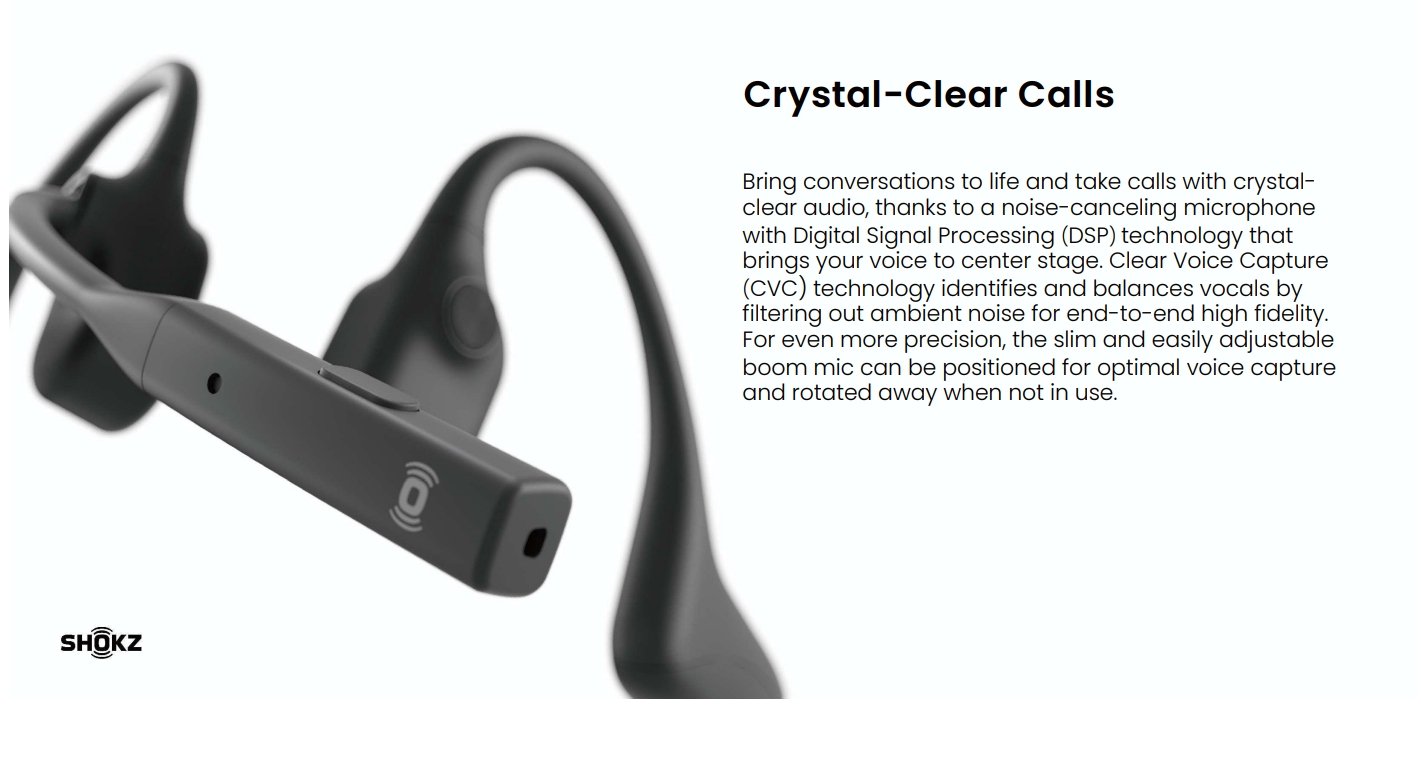
Credit: headsetadvisor.com
Maintaining Your Voice Over Microphone
Maintaining your voice over microphone is vital for crisp, clear audio. Just like any instrument, proper care ensures longevity and performance. In this part of the blog, explore essential tips for keeping your microphone in top condition.
Regular Cleaning And Care: Best Microphone for Voice Over
Keeping your microphone clean is crucial. Dust and moisture can damage it. Follow these simple steps:
- Turn off and disconnect the microphone.
- Use a soft, dry cloth to wipe the surface.
- Avoid harsh chemicals or liquids.
- Use a soft-bristled brush for the grill.
Regular checks for cable integrity and connection ports keep your sound quality pristine. Replace cables showing wear and tear.
Protecting Your Microphone When Not In Use
When not recording, shield your microphone. Dust covers or cases are ideal. They prevent damage from environmental factors.
Store in a dry, cool place away from direct sunlight. This protects the electronic components inside.
When To Consider An Upgrade
Technology evolves. Listen for signs that your microphone might need an upgrade:
- Changes in sound quality or consistency.
- Emergence of new features that can enhance recordings.
- Repeated repairs or issues with current equipment.
Invest in better equipment to keep your voice overs top-notch.
Conclusion: The Journey To Impeccable Voice Overs
Embarking on the journey to perfect voice overs involves both skill and the right equipment. Your microphone stands as your partner in this adventure. Choosing the best microphone is a leap towards quality output.
Recap Of Microphone Insights For Voice Over
Picking the right microphone shapes the sound of your voice over projects. Let’s recap what we’ve learned:
- A large diaphragm condenser mic captures a fuller sound.
- Cardioid patterns help reduce unwanted noise.
- USB mics offer simplicity for beginners.
- Durability and warranty are key for long term use.
Different voices and settings need different microphones. Testing and reviews guide us to the ideal pick. Best Microphone for Voice Over.
Continuing Professional Development In Voice Over Technology
To stay ahead, embrace continual learning in voice over techniques and tech. Here’s what to focus on:
- Track advancements in microphone technology.
- Regularly check new software for audio editing.
- Participate in workshops and webinars.
- Network with fellow professionals online and offline.
Equip yourself with the latest trends to deliver exceptional voice overs. Mastery comes from consistent effort and the right tools.
Frequently Asked Questions On Best Microphone For Voice Over
What Type Of Mic Is Best For Voice Over?
A large-diaphragm condenser microphone is often the best choice for voice-over work. It captures a wide frequency range and delivers a clear, professional sound.
Is A Dynamic Or Condenser Mic Better For Voice Over?
Best Microphone for Voice Over. Condenser mics are typically better for voice over due to their sensitivity and fidelity, capturing clear and detailed sound, ideal for studio-quality recordings.
Is There A Microphone That Makes Your Voice Sound Good?
Quality microphones can enhance vocal clarity and warmth, improving overall voice sound during recordings or performances. Brands like Shure, Audio-Technica, and Rode offer models designed to boost vocal quality.
Which Mic Is Best For Dubbing?
The best mic for dubbing is the Neumann TLM 103, known for its high-quality sound reproduction and durability, preferred by professional voice actors.
Conclusion
Selecting the right microphone for your voice-over work is crucial. Each voice is unique; matching it to the ideal mic can elevate your audio quality significantly. Remember to consider your specific needs and budget. With the right choice, your voice will captivate listeners, transforming your projects from good to outstanding.
Choose wisely and happy recording!

